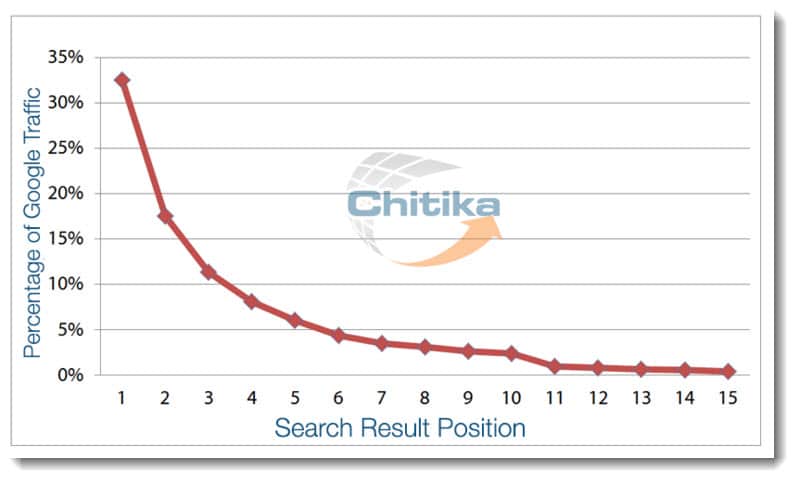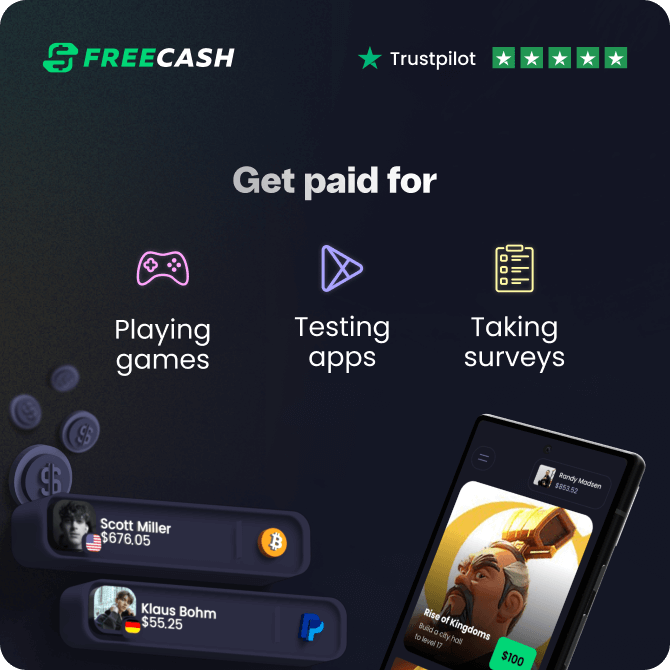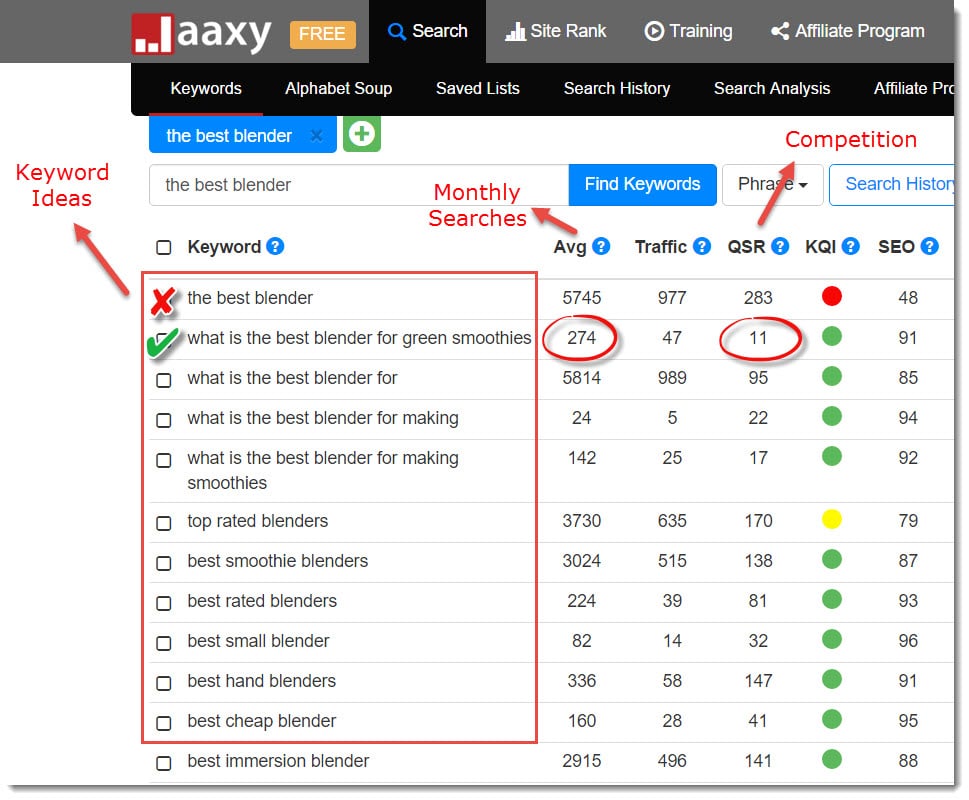
What is a keyword research tool for? This is an important question because a keyword research tool is an essential software for every serious internet marketer.
The purpose of keyword research is to get your articles in a privileged position in the search engines while choosing words or phrases (keywords) that people are actually searching for.
Getting your article on the first page of Google will probably bring a lot of visitors to your site, which means a higher chance of making sales.
The keyword research tool will provide valuable data that we are going to be talking about in the next sections.
First things first, let’s get started with the basics!
What is a Keyword?
A keyword is basically anything that you type in the search bar of search engines (Google, Bing, Yahoo or another platform) in order to find the information you are after.
Suppose you have a website in the weight loss niche. You want to talk about carrot juice, so you write the following phrase:
“If you want to know how to make carrot juice with a blender, here you will find out!”.
The whole sentence in bold is called a keyword phrase, and it can be found in your title or anywhere within your text.
Why Do You Want to Be Right on The Top?
When you perform a search in Google, which results do you choose? If the title matches my search (which happens most of the time) I go for the first result and if I need more information I follow the sequence (2nd, 3rd and so on). Why? Because those have the potential to offer the best information. I hardly ever go to the second or third page!
An important study by Chitika highlights the importance of having your articles in the top positions. The study analyzed millions of clicks to ads, and it was possible to track in which position the page containing the ad was situated by the time it was clicked.
The following graph represents the percentage of traffic by Google result position:

We can draw 3 key conclusions from this data:
- The results on the first position get, on average, more than 30% of the traffic
- The first 3 results get more than 60% of the total traffic
- After the 10th position (page 2 and beyond), the traffic is less than 1%
It becomes clear why the top positions are intensely sought after by internet marketers. They can bring loads of web searchers, meaning more sales opportunity. Besides, you want to rank high for keywords that people are actually searching for. The more searches, the better!
So, what can you do to make sure you have the best chance to rank high for keywords in demand? It all starts with a GOOD keyword research!
The 2 Most Valuable Data for a Proper Keyword Research
In order to find a great keyword, you need numbers! The 2 main ones are:
#1 Competition number
It is extremely important to know how many results appear on the search engines with the same exact keyword. This is a good indication of how difficult it will be to rank high. Therefore, you want to find a keyword with the least competition so you have better chances to stand out!
#2 Monthly Searches
There is no point in finding keywords with no competition if there is nobody searching for it on the internet. So, you need to know how many searches are being performed for your targeted keyword. The more searches, the better!
I have a multiple choice question for you! If you were to build a Chinese restaurant, where would you rather place it?
- In a busy borough with loads of other Chinese restaurants
- In a desert highway, with no nearby Chinese Restaurants or
- In a moderately busy borough with very few Chinese restaurants

This reward platform is going viral! Cash out via PayPal, Visa, Gift Cards, and in-game currencies - Click here to find out how to generate an extra $10+ per day!
Aha! You see, I think you know why you need a proper keyword research.
Making a great choice for a keyword is a matter of deciding on a good combination of both numbers. You want to minimize the number of competition while maximizing the number of monthly searches.
It is like our Chinese restaurant. We need to find a place where the demand is good and, at the same time, the competition is low.
The Power of Long-tail Keywords
“How to make carrot juice with a blender” is a perfect example of a long-tail keyword, because it contains more than 3 words and can be considered an extended version of the core keyword “carrot juice”.
Take a look at these keywords:
How to make carrot juice, Make carrot juice, Carrot Juice; Carrot, Carrot juice with a blender, Juice with a blender, Carrot Juice Blender
They are all combinations extracted from the long phrase.
Anybody could find your article in the search engines by typing those combinations of keywords. But the focus of your article is to teach people how to make carrot juice with a blender, not with a juicer or anything else! Don’t you agree?
So does Google, and thanks to its computer algorithms, it will search and place all the articles that answer that SPECIFIC question on top of the list. After all, the main job of a search engine is to give us exactly what we are looking for, and with the highest quality content.
So, here lies the power of long-tail keywords:
Most people are searching for them
In fact, they represent more than 70% of all searches! Why? Because most people are looking for specific questions and long-tail keyword tend to hit them spot on. If you typed only “carrot juice”, how long would you take to find an article explaining how to make it with a blender?
They are much easier to rank in the search engines
The competition tends to be much lower! If I typed that long-tail keyword on Google, I could easily find your website because there are not so many articles with this exact search (40). I could still find it relatively easy by only typing “carrot juice with a blender” (64).
On the other hand, can you imagine how many results did I find for “carrot juice”? 643,000!!! I cannot imagine how difficult it is to rank on the first page of Google for such a generic term! And remember, the vast majority of people will never go past the second page to find information.
People searching for them are more inclined to buying
Successful internet marketers know that people looking for specific terms tend to be on a later stage of the purchase cycle. So, by focusing on more targeted keywords, you attract a specific audience that is more inclined to buying.
How do You Find Those Magic Numbers?
A keyword research tool will give you those important numbers. In order to explain how to choose an excellent keyword, I am going to use what is considered the world most advanced keyword tool – Jaaxy.
If I type “the best blender”, Jaaxy gives me a list of many keyword ideas:

- AVG is the average number of searches a keyword receives per month.
- Traffic is an estimation of visits you will get if your article is found on the first page of search engines.
- QSR(Quoted Search Results) is the number of pages that exist with that exact keyword. They are your competitors!
- SEO is a score that tells you how easy it is to rank on the first page for that particular keyword. The closer to 100, the easier to rank on the first page.
- KQI (Keyword Quality Index) is an index that separates in 3 classes, how good the keyword is for rankings. (Green = GREAT; Yellow = OK; RED = POOR)
I give particular attention to monthly searches (AVG) and the competition (QSR).
As you can see from the example above, the keyword “the best blender” have many searches. It would be amazing to rank high for it! However, the competition number 283 is overwhelming! Extremely difficult to rank!
So, even though many people are searching for it, if your article is not on the first page of Google, the traffic will be close to zero.
But what if we were more specific and target a long-tail keyword like “What is the best blender for green smoothies”. WOW!
You have only 11 competitors for a monthly search of 274. As google shows around 10 results per page, you will not find it hard to be ranked on the first page, and you will experience significant traffic.
Go After The Low-Hanging Fruits!
I would highly encourage you to look for what is called The Low-Hanging Fruit. This is another term given to keywords with very low competition, usually long-tail as well. Like a low-hanging fruit that is easier to grab, these keywords are much easier to rank!
My recommendation for low-hanging fruits:
- Competition (QSR) of less than 100
- Monthly search (AVG) of more than 50
They are really important, especially for new websites. It is better to have 2 visits a day than zero due to the fact that your article is not ranked on the top!
Conclusion
In the present article, you were able not only to understand what a keyword research tool is used for, but also how to perform a good research using the best software available in the market
In the near future, I will dedicate a whole blog post to talk about Jaaxy and all the other great features it provides. For now, I encourage you to think about your next blog post and check for a great keyword before you start writing!
Do you want to give Jaaxy a try? Use the research box below. The first 30 searches are completely free to try!
Remember, the more helpful articles targeting long-tail keywords, the more visitors you will get! The more visitors, the more profitable your website becomes! That’s what makes the internet marketing so attractive.
Thanks for taking your time to read my article. I hope it will help with your keyword research and ultimately contribute to your success. If you have any questions or comments, please leave them below!


